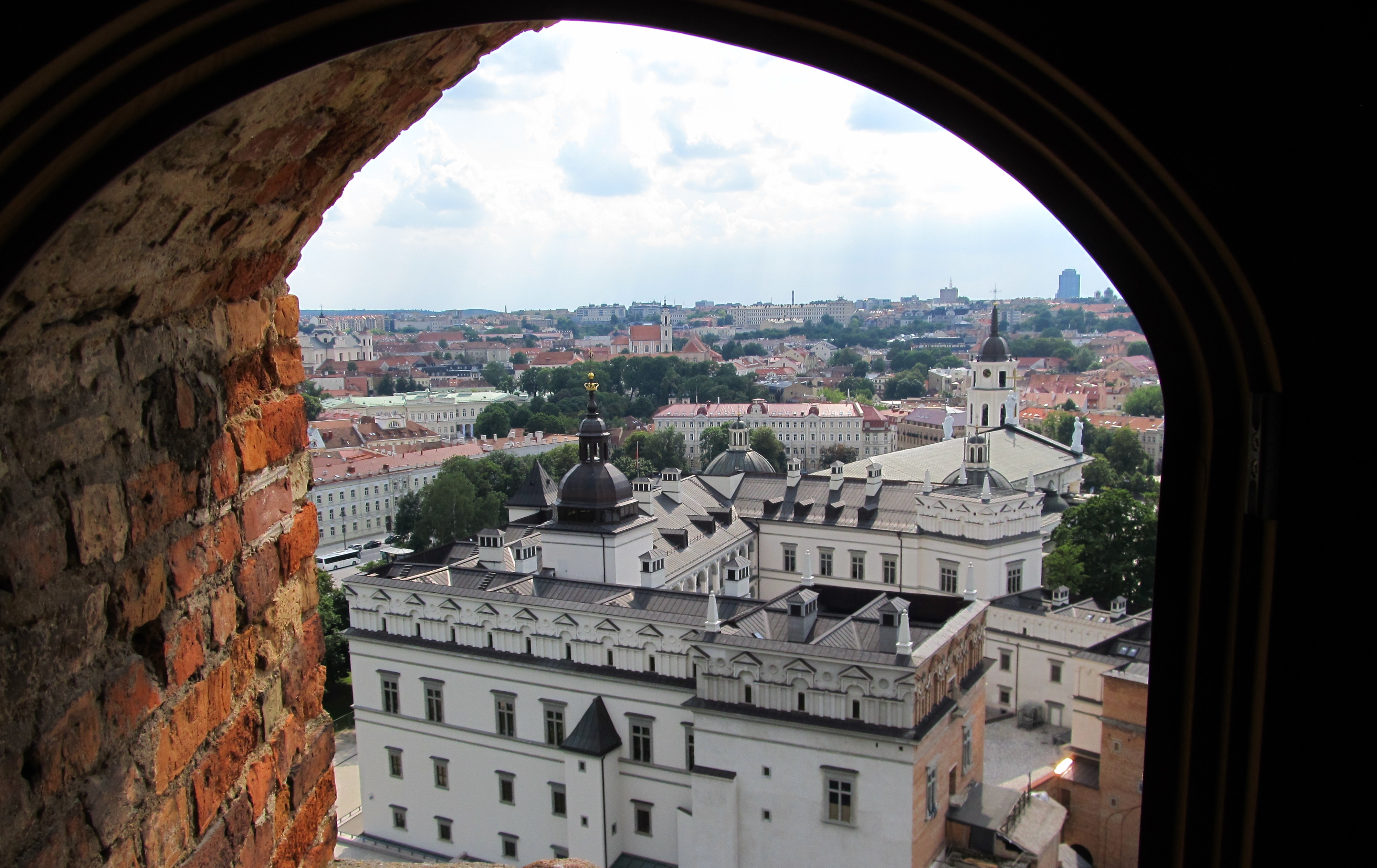Clothing
Though fashions change somewhat from province to province, Alajan clothing tends to be streamlined and practical. Dark clothes are common, as are pleated skirts, regardless of gender. Quilted coats are also common, as are boots, though the style varies by location. In the mountain provinces, boots tend to be fur lined and taller, to protect from snow. In the desert and river provinces, boots are more likely to be shorter, and slip on to prevent debris from getting in where laces might be. While every day clothing is often made of cotton and wool, formal clothes are frequently made of silk. These tend to take the form of longer robes, often worn in 2-3 layers and tied with decorative sash at the waist. These clothes are usually reserved for very formal occasions, such as weddings, though they are sometimes worn for other purposes among the nobility and upper class. Upper class women are also more likely to wear their hair long. Long hair is often tied in a series of knots and decorated with local flora. Some hairstyles date back to the
Old Kingdom of Alaj. Members of lower classes, however, usually wear their short, regardless of sex.
Courting
An old Alajan custom saw women interested in courting wearing an empty sheath on her belt and a man placing a knife in that sheath if he was interested in her. Today, many women, especially in cities, wear an empty sheath to public gatherings to indicate they are single and interested in a partner, and men often present women they are interested in with a knife as a courting gift. In contrast, if a woman is in a public place and has no interest in finding a romantic or sexual connection, she will wear a sheathed knife on her belt. Traditionally, this meant that she was already taken by another man, though today it is common for women to wear them whether or not they actually have a partner. This doubles as a potential weapon, should a woman find herself in a situation with an unsavory man.
Gender Roles
Though the
Cugbo language requires speakers to differentiate between male and female, Alajan society virtually ignores gender. Because all people wear similar clothing styles, and most people keep their hair cropped short, there are few outward markers that dictate whether a person is male or female, and those that do exist tend to be small. For example, a person wearing a knife sheath most likely identifies as a woman, but this person may not have biologically female sex organs. It is therefore common for speakers to identify someone as being male or female and assume that they will soon be corrected if they are wrong. Though some people will openly ask, this is less common, especially as in some areas, male and female pronouns are used interchangeably. Furthermore, though many businesses have gendered bathrooms, these gender differences are rarely enforced, with people choosing to use whichever bathroom they feel most comfortable in. Among nobility, where gendered clothing is more common, and woman are more likely to wear long hair, gender is sometimes considered important, but because the Alajan culture is so tied with the Danos religion, which openly recognizes a variety of gender identities, even this is limited.

Comments